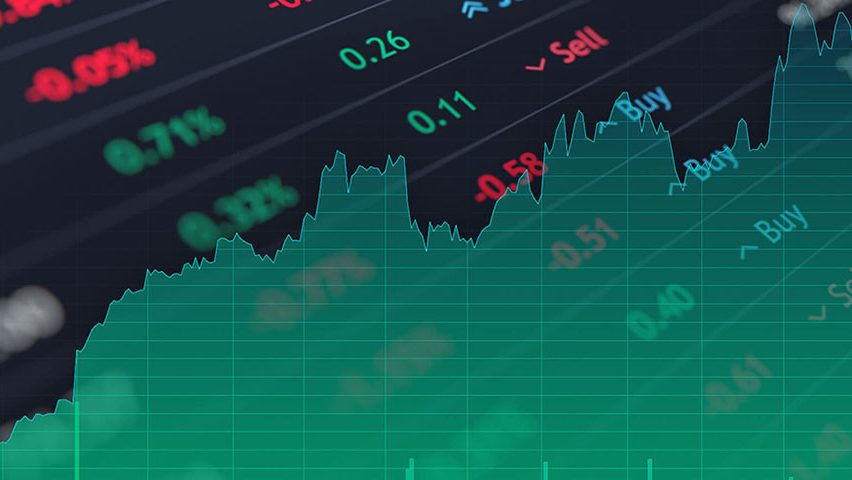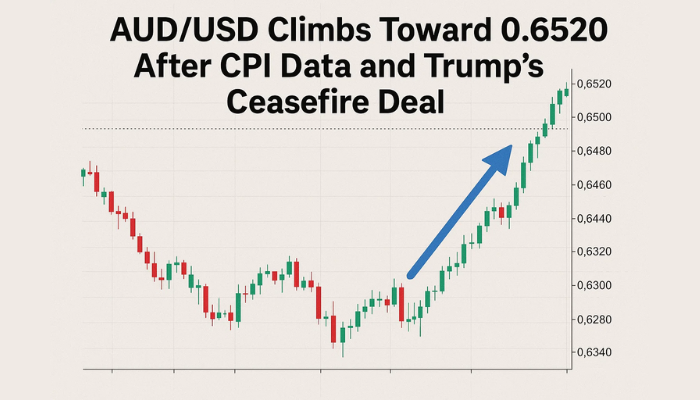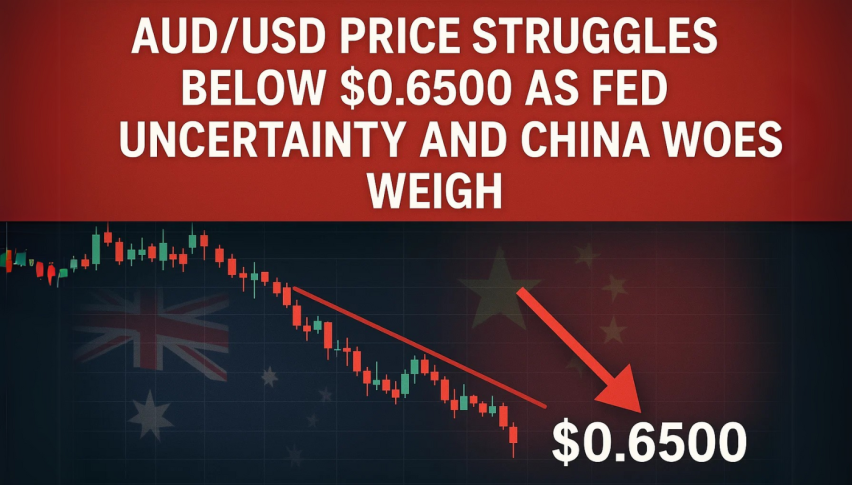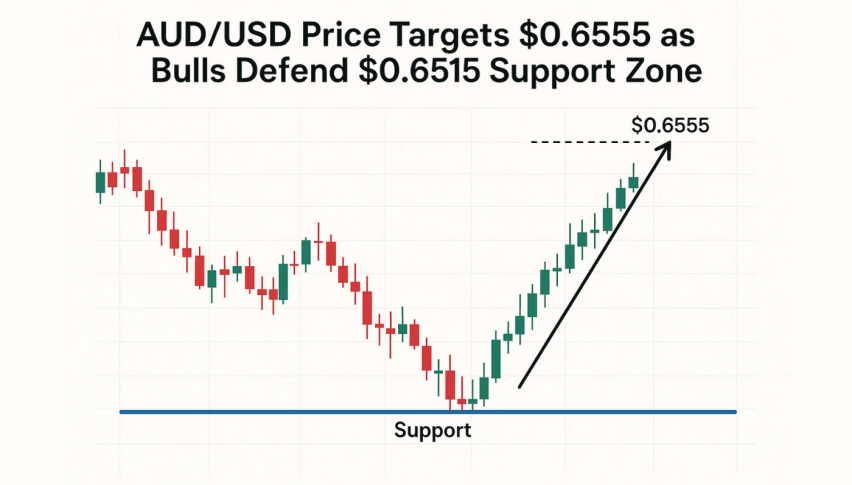China Inflation – Will the Jump in Chinese Stock Markets Help AUD, NZD?
The Chinese stock markets have been battered since 2020, but they have made a reversal in the last few days, gaining almost 15%


The Chinese stock markets have been battered since 2020, when the coronavirus pandemic started, with the lockdowns and everything, which lasted around 3 years in China. Last year the country reopened but the economy hasn’t performed as expected, showing great signs of weakness, which have been keeping the main Chinese indices on a bearish trend for several years, sending them around 50% lower during this period.
The monetary and fiscal efforts from the People’s Bank of China and the Chinese governments have been mild, but they’re stepping up their efforts which has been showing some positive signs in recent days. Chinese markets have gained around 15% in the last few days as a government investment fund suggested it would increase stock buying.
This comes after Chinese President Xi was allegedly set to meet with banking authorities to talk about the stock market sell-off, which might have occurred Tuesday, when we saw the start of the reversal in Chinese stocks. In reaction to the market collapse, China’s securities regulator has made multiple public announcements aimed at restoring investor confidence, however, they haven’t had much effect. However, there might be some intervention now with state-backed purchases aimed at stabilizing the market.
Early this morning we also had the inflation report from China, which was expected to show a 0.3% increase in prices MoM in January, but the YoY numbers continue to remain negative.
China Inflation CPI Report for January
- January Consumer Price Index (CPI) increased by 0.3% month-on-month (MoM), slightly below expectations of +0.4%. However, year-on-year (YoY) CPI remained in deflation at -0.8%, indicating a decline in prices compared to the previous year. The previous month’s CPI was 0.1%.
- Core inflation, which excludes energy prices, rose by +0.4% YoY, down from +0.6% in December 2023. This indicates a slower pace of price increases when energy prices are excluded.
- The CPI deflation rate of -0.8% YoY marks the fastest pace of price falls since the Global Financial Crisis (GFC), indicating a significant decline in consumer prices compared to the previous year.
- Producer Price Index (PPI) decreased by 0.2% MoM in January, marking the 16th consecutive month of decline. YoY PPI stood at -2.5%, slightly better than expectations of -2.6% but still indicating a decline in producer prices compared to the previous year. The previous YoY PPI was -2.7%.
AUD/USD Live Chart
- Check out our free forex signals
- Follow the top economic events on FX Leaders economic calendar
- Trade better, discover more Forex Trading Strategies
- Open a FREE Trading Account


